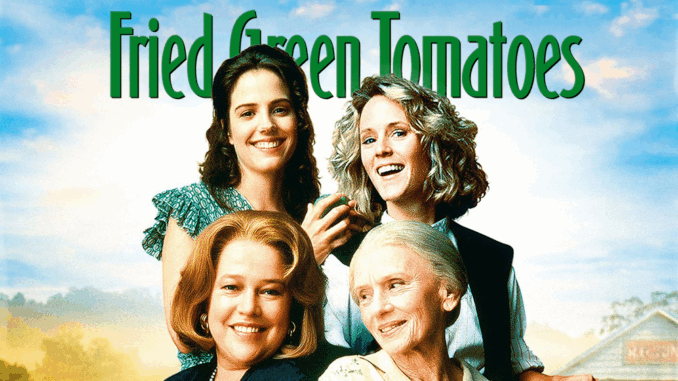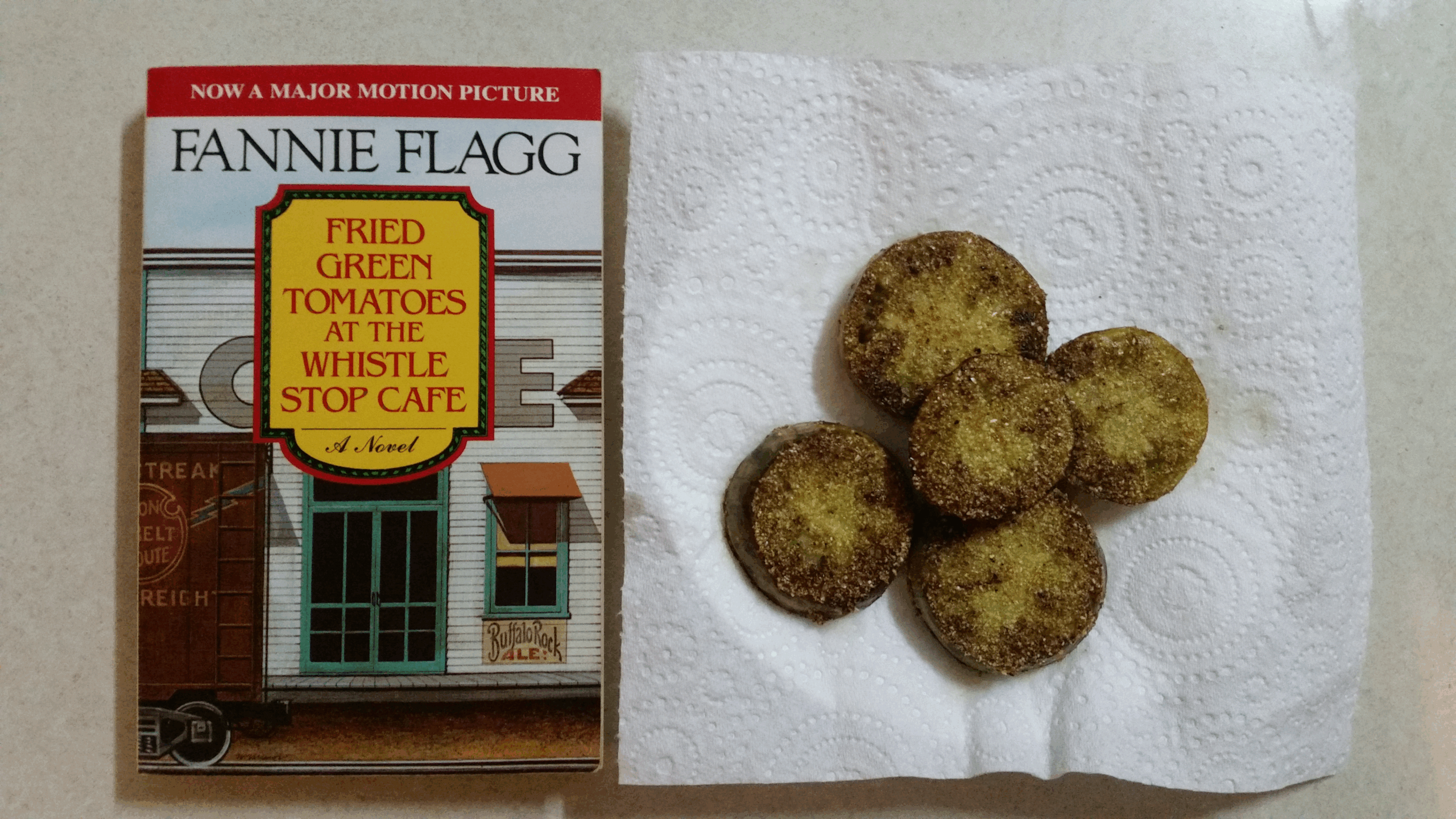
A Home Built From Love and Defiance
The Whistle Stop Café isn’t just a restaurant. It’s the beating heart of Fried Green Tomatoes—a place where love is cooked into every biscuit, where outsiders are welcomed without question, and where the unlikely becomes possible. Built by Idgie Threadgoode and Ruth Jamison, the café is not only their livelihood but a quiet, radical expression of their shared life together.
Within its walls, community blossoms. It is a refuge for people like Big George and Sipsey, and a sanctuary for Ruth after her escape from abuse. The café stands as a living contradiction to the harsh racism and patriarchy of the 1930s South. It is the one place where a chosen family dares to thrive.
So when fire consumes the café, it isn’t just a physical loss. It’s a moment of deep symbolic destruction—a threat not only to their livelihood, but to the vision of freedom they built together.
Smoke and Flame: A Sudden Crisis
The fire at the Whistle Stop Café happens without warning. One minute, life is proceeding as usual. The next, smoke rises into the sky, black and consuming. The camera captures the moment with urgency—people running, flames crackling, the close-knit café family scrambling to respond.
Though the film does not linger long on the scene visually, the emotional undercurrents are profound. In that moment, everything Ruth and Idgie created is at risk of being reduced to ash. The walls that sheltered them. The kitchen where Sipsey fed generations. The tables where patrons of every color shared stories and laughter. It’s all threatened in the blaze.
We don’t need extensive shots of destruction to feel the loss. The expressions of the characters—fear, shock, helplessness—say everything.
Was It Arson? A World That Still Punishes Love

Although the film never confirms it explicitly, there’s a haunting question that lingers in the aftermath: Was the fire intentional?
By the time the café burns, Ruth and Idgie have long attracted scrutiny from the townspeople—and not just for their unconventional domestic arrangement. The earlier disappearance of Ruth’s abusive husband Frank Bennett still hangs over them like a shadow. There are whispers. Suspicions. The Ku Klux Klan has already threatened Big George, and the café’s open support for the Black community places them in danger.
In this light, the fire could very well be an act of vengeance. A final attempt by a hostile world to tear down what it doesn’t understand.
And if that’s true, the fire is not just arson—it is an assault on chosen family. A punishment for women who dared to live outside the rules.
Ruth and Idgie’s Response: Strength in the Ashes
When the fire dies down and the smoke clears, we see a remarkable thing: the people aren’t broken.
Ruth and Idgie, scorched by loss but not defeated, stand amid the ruins with the same determination that helped them build the café in the first place. Their grief is quiet. There is no screaming, no melodrama—just the weary silence of two women who have lost before and will lose again, but who refuse to give in.
They salvage what they can. They rebuild from the remains.
And in this act, the fire becomes something more than destruction. It becomes a kind of baptism—a trial by flame that affirms the strength of their bond and the resilience of their love.
Community as the Fire Break
One of the most moving aspects of the scene is the way the community responds. The same town that watched Ruth and Idgie with suspicion now comes forward to help. Neighbors bring supplies. Big George, unshaken, offers his labor. Sipsey and her family return to clean what’s left. Even those who never said it aloud recognize what the café meant—and what Ruth and Idgie mean to each other.
In this solidarity, the film delivers a powerful message: when people come together, love survives.
The café may be damaged, but the spirit that built it endures.
Fire as a Metaphor for Transformation
In literature and myth, fire is both destroyer and purifier. It is the agent of destruction, but also of rebirth. The phoenix does not rise until it has burned. Gold is not purified until it’s been through flame.
So too with the Whistle Stop Café.
The fire marks a turning point in the story—not an end, but a transformation. After this, Ruth and Idgie’s relationship deepens. Ruth’s health begins to decline, and the time they have left becomes even more precious. The fire reminds them, and us, that nothing lasts forever. Not buildings. Not lives. Only love endures.
Reflections in the Present-Day Frame
In the film’s contemporary storyline, Evelyn Couch is listening to these stories from Ninny Threadgoode, who recounts the fire with calm precision. Evelyn, who is going through her own metaphorical fire—an emotional upheaval in her stagnant life—finds resonance in the story.
Like Ruth and Idgie, Evelyn must choose whether to let the fire of her own frustration consume her, or whether she will rise from it with renewed purpose.
The café’s fire becomes Evelyn’s wake-up call. If love and community can survive literal flames, surely she can survive personal reinvention.
The Ashes as Testimony
The charred remains of the café do not disappear from the film. They linger in memory. And even after Ruth passes, and Whistle Stop begins to fade, the ghost of the café remains—not as a ruin, but as a legacy.
It’s why Evelyn visits the site. It’s why viewers remember it long after the film ends. The fire, instead of erasing the story, inscribes it deeper. Into the land. Into the community. Into the hearts of those who witnessed it.
And most of all, into Idgie.
Conclusion: From Smoke, a Testament of Endurance
The fire at the Whistle Stop Café in Fried Green Tomatoes is one of the film’s most understated yet symbolically potent moments. In a single blaze, we see the vulnerability of a world built on love—but also its remarkable strength.
Because even fire cannot burn away what truly matters. Not community. Not courage. And certainly not the love that two women dared to live, in the open air of a town that eventually learned to love them back.
In the ashes, a new strength is born. And through the smoke, we see what remains—not destruction, but resilience.
